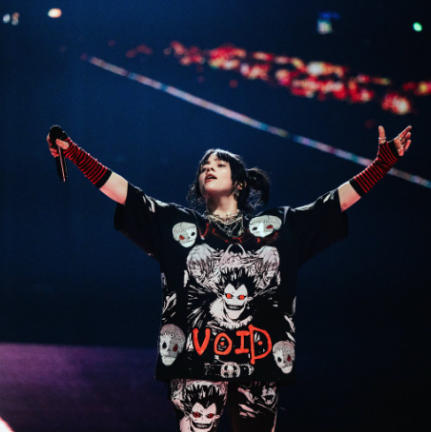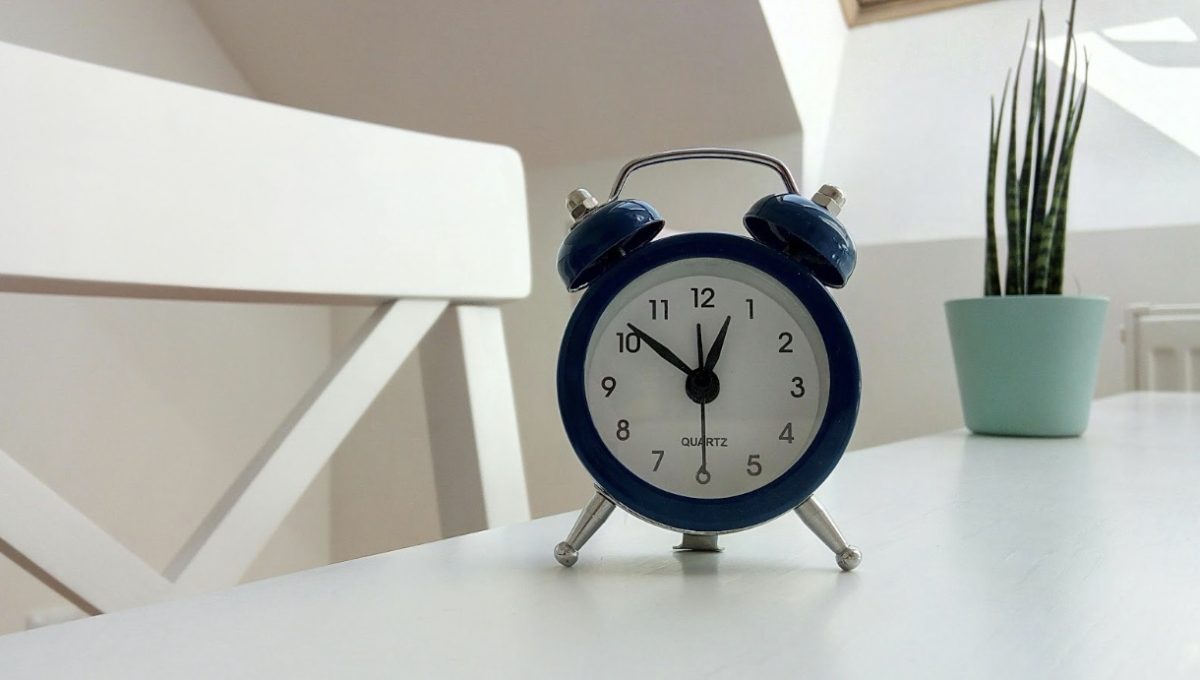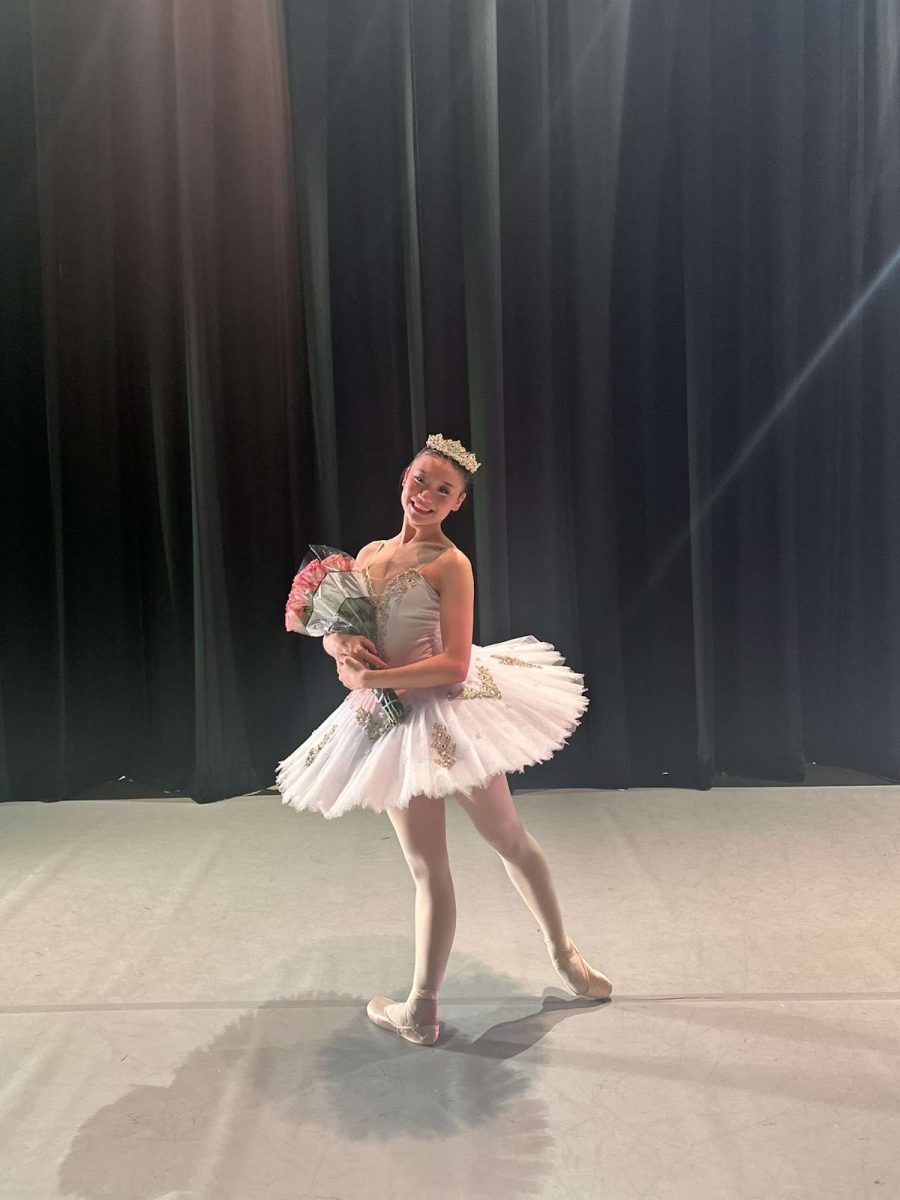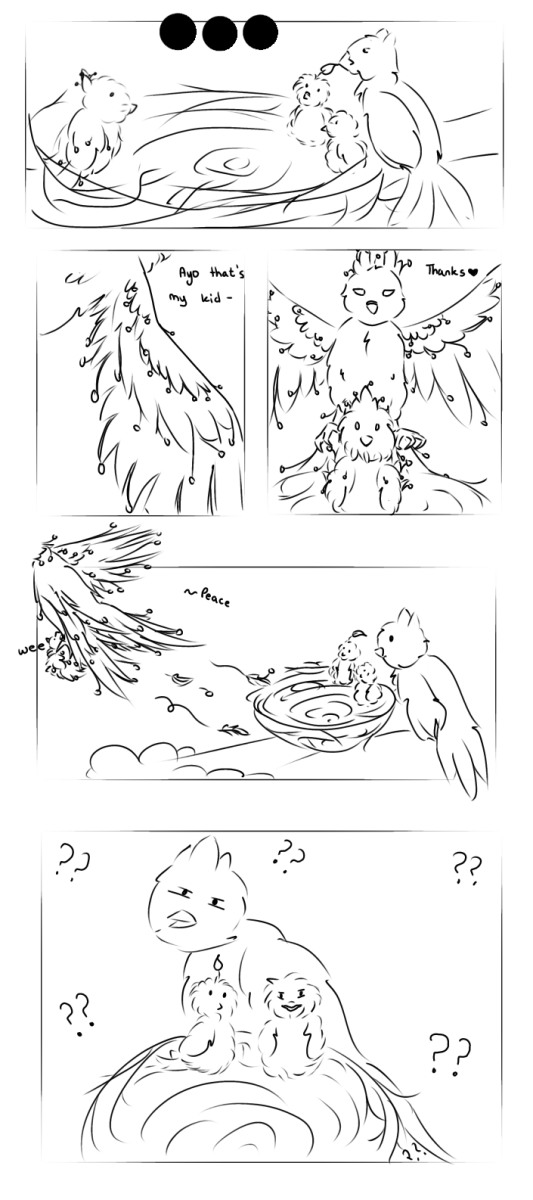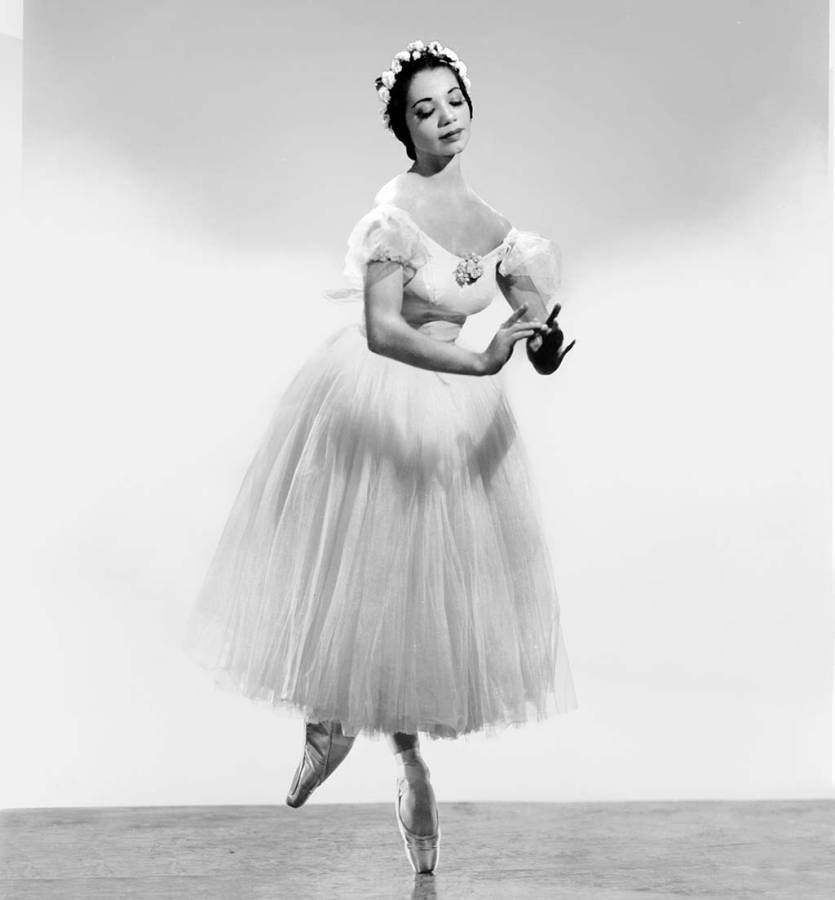Black Ballerinas Who Made History
March 2, 2022
Throughout history, the world of classical ballet has lacked racial diversity. With the dance form’s origin in Italy and France, it was alarmingly uncommon to see any sort of dissimilarity. But, ballet has truly never given space for diversity of all kinds. The stereotypical ballerina was a lean, light skinned girl in pink tights and a pink tutu, a completely Eurocentric standard. For many young, aspiring black dancers, seeing themselves fitting into that standard was overwhelmingly hard to picture. To be quite clear, ballet has always had a diversity hole and after decades of effort, we are finally starting to see that aperture be filled. Is there a long way to go? Of course. There will be but I hope there will not always be. In honor of Black History Month, here are some of the most beautiful and powerful Black ballerinas who have changed the ballet world for good.
Ballet terminology to know:
Corps de Ballet: The members of the lowest rank of a ballet company who dance together as a group; standardly where a dancer will be placed at the beginning of their contract.
Soloist: Rank above the corps de ballet but below the principal dancer who perform minor solo roles and major solo roles.
Principal: Highest rank of a ballet company who performs major roles in ballets; only the highest leveled ballet dancers can be promoted to this rank; will lead a ballet as the main dancer/character of the story.
Raven Wilkinson
Anne Raven Wilkinson was born on February 2nd, 1935 with a love and interest for classical ballet. Raven Wilkinson trained studiously and graduated ready to seek her professional career. When she first auditioned for the Ballet Russe de Monte Carlo, she was rejected not once, but twice. Without giving up, she auditioned a third time and was told she would become a part of the company. Dancing with the Ballet Russe de Monte Carlo was a dream come true but it had its very difficult stages. When dancing as the only African American woman in a company of all European ballet dancers, Wilkinson was forced to paint her skin white to match the other dancers, proving her as a very obvious minority. Raven’s love for ballet coerced her to conceal her identity although it was so terribly unfair, but she was willing to do whatever it took to dance professionally. On her tours through the U.S. with Ballet Russe de Monte Carlo, she danced through the South where it was still racially segregated. Her safety then became threatened. During one of the company’s tours, two members of the Ku Klux Klan made their way to the stage, barging through the company’s performance looking for Raven. After that point, Raven was no longer allowed to perform in the South. Less than ten years after she joined the Ballet Russe de Monte Carlo, she left the company and received a soloist (second tier) contract with the Dutch National Ballet.
Misty Copeland
Misty Copeland, born September 10, 1982 was the first ever African American Female principal ballet dancer. Starting ballet at the late age of thirteen, Misty discovered that she had a raw, natural talent for ballet. But most of all, she had the drive. Misty’s journey as a student was not easy. Living in motels with her five siblings. Misty endured the abuse of her mother’s fourth husband along with her family’s financial instability. However, Misty kept working beyond her conditions though.
In September of 2000, Misty Copeland joined ABT as a studio company member where she then transitioned into the Corps de Ballet in 2001. This was already a huge deal, considering American Ballet Theatre is one of the most famous and prestigious ballet companies in the United States. Moving up the company ladder, Misty was promoted to principal dancer in 2015 and declared history as the first ever Black woman to become a principal ballerina. Misty performed major roles such as “Clara” in the Nutcracker, “Odette/Odile ” in Swan Lake, and “Firebird” which was created by none other than Alexei Ratmansky. Later on, she was featured in many publications and endorsements that brought notable attention to ballet. Some of her most famous endorsements being American Express, Under Armour, COACH, etc. One of her biggest public accomplishments was being appointed to the President’s council on Fitness, Sports, and Nutrition by former President Obama. She came to be known as the representative of a strong woman in the ballet industry.
Misty Copeland at ABT NYC summer intensive 2000
Misty Copeland Queen of the Dryads
Michaela DePrince
Michaela DePrince, originally known as Mabinty Bangura, was born in 1995 in Kenema District, Sierra Leone during a violent and frightening Civil War. Living under extreme outrage, her father was killed by rebels and her mother died of starvation and malnourishment. In Sierra Leone, Michaela was already discriminated against for having vitiligo, a skin condition which alters the color of her skin in patches. She was called a “devil child,” and considered a curse. When her parents died, she was put under the custody of her uncle who then abandoned her at an orphanage where she continued to experience hatred for her condition. During her time at the orphanage, Michaela became utterly and completely in love with ballet. It brought her hope. Not long after, Michaela was adopted by an American couple along with her sister and given a chance.
Living in America, Michaela began ballet and trained at the Rock Center for Dance and later joined the prestigious ABT JKO School (American Ballet Theatre’s Jacqueline Kennedy Onassis School). Michaela loved ballet. She was incredibly grateful to have a supportive family and opportunity to dance.
In 2011, Michaela was featured in the documentary, “First Position,” that follows multiple young ballet dancers competing for the Youth America Grand Prix (YAGP), the largest ballet competition in the world. Michaela was shown to be extremely strong and developed at a very young age, proving her potential and talent. After “First Position,” Michaela was given many performance opportunities and later joined the Dutch National Ballet where she is now ranked as a soloist.
Michaela DePrince 2010 Age 14
Michaela DePrince (Soloist Dutch National) Age 14 2010 Performing Don Quixote
Photo Credits
Raven Wilkinson: https://www.blackpast.org/african-american-history/wilkinson-anne-raven-1935/
Misty Copeland
https://www.atlantaballet.com/news/celebrating-black-history-month-spotlight-on-misty-copeland
Michaela DePrince
https://www.dance-enthusiast.com/features/day-in-the-life/view/The-Incredible-Rise-of-a-Young-Ballerina-Michaela-DePrince.-2013-08-21









